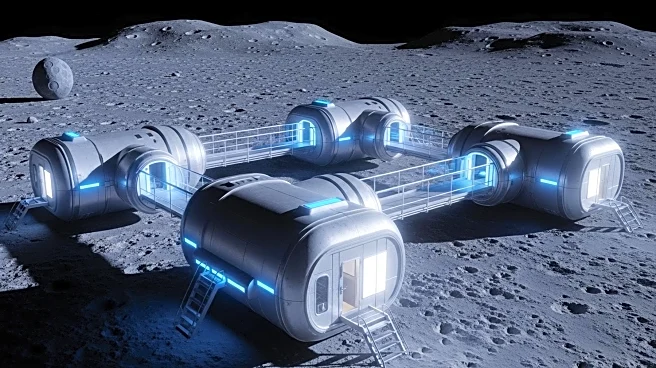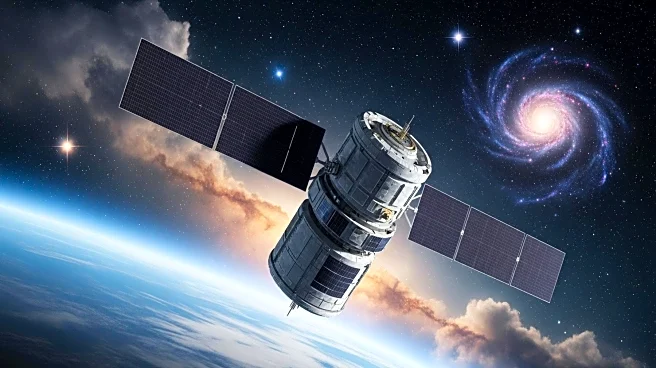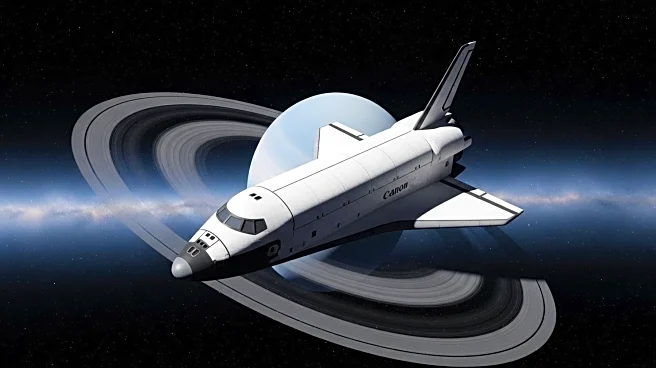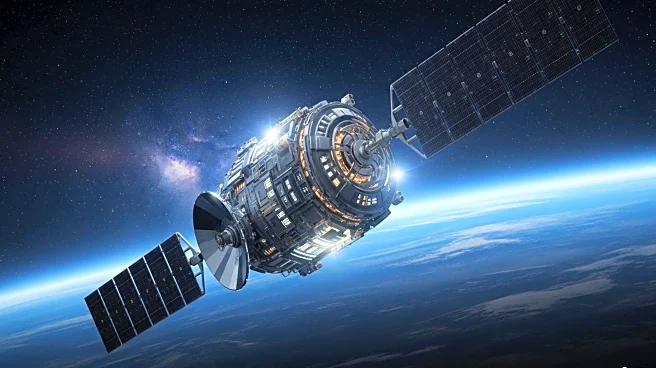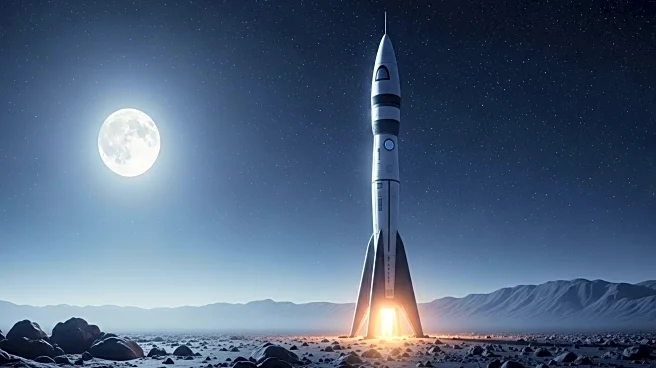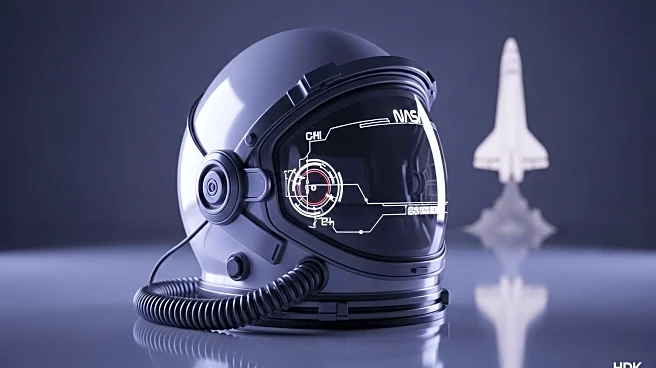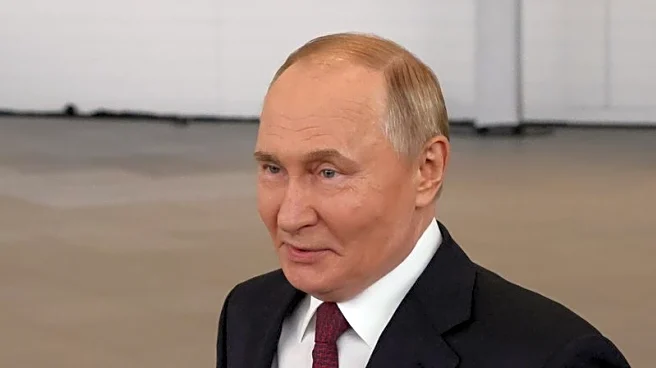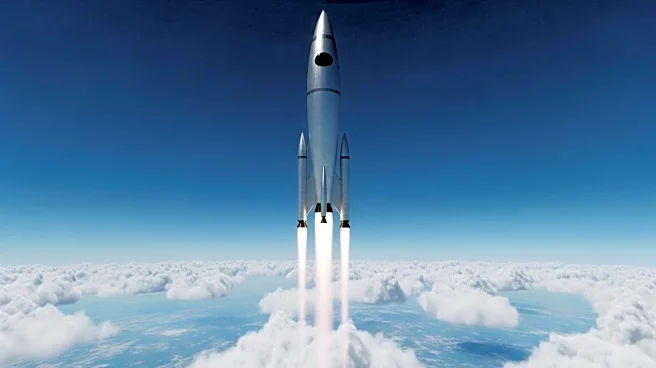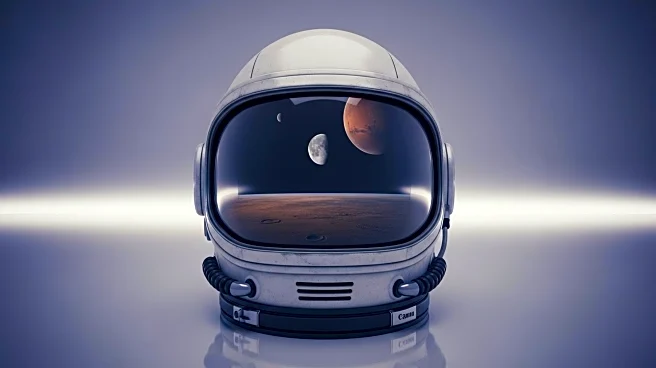What's Happening?
The Bion-M No2 satellite, operated by the Russian space agency Roscosmos, crash-landed in Russia's Orenburg steppes after a month-long mission. Dubbed 'Noah's Ark' due to its biological cargo, the satellite carried 75 mice, over 1,500 flies, and various plants and micro-organisms. These specimens were exposed to cosmic radiation during the mission. Recovery teams quickly arrived at the landing site, extinguishing a minor bushfire and retrieving the living specimens for examination. Scientists established a medical tent to conduct preliminary assessments, focusing on the flies' motor functions and potential nervous system abnormalities. The specimens were transported to the Institute of Biomedical Problems of the Russian Academy of Sciences for further study. The mission aimed to develop technologies to protect astronauts from cosmic radiation and weightlessness effects, with the data being relevant for future manned missions.
Why It's Important?
The crash-landing of the Bion-M No2 satellite is significant for ongoing research into the effects of space travel on living organisms. The mission's findings could contribute to developing protective measures for astronauts, particularly concerning cosmic radiation and weightlessness. This research is crucial as space agencies worldwide, including NASA, plan future manned missions that require understanding long-term exposure to space conditions. The swift recovery operation ensured minimal post-landing stress for the organisms, preserving the integrity of the experimental data. The mission highlights the competitive nature of space exploration, with Russia aiming to advance its scientific capabilities despite recent setbacks compared to U.S. advancements.
What's Next?
The specimens from the Bion-M No2 satellite will undergo detailed analysis at the Institute of Biomedical Problems. Researchers will focus on understanding the physiological impacts of space travel on different organisms, which could inform future astronaut safety protocols. The data collected may influence international space agencies' strategies for long-duration missions. Additionally, the results could lead to collaborations between countries to enhance space travel safety measures. As the U.S. plans a manned mission around the moon by 2026, Russia's findings may play a role in shaping global space exploration policies.

